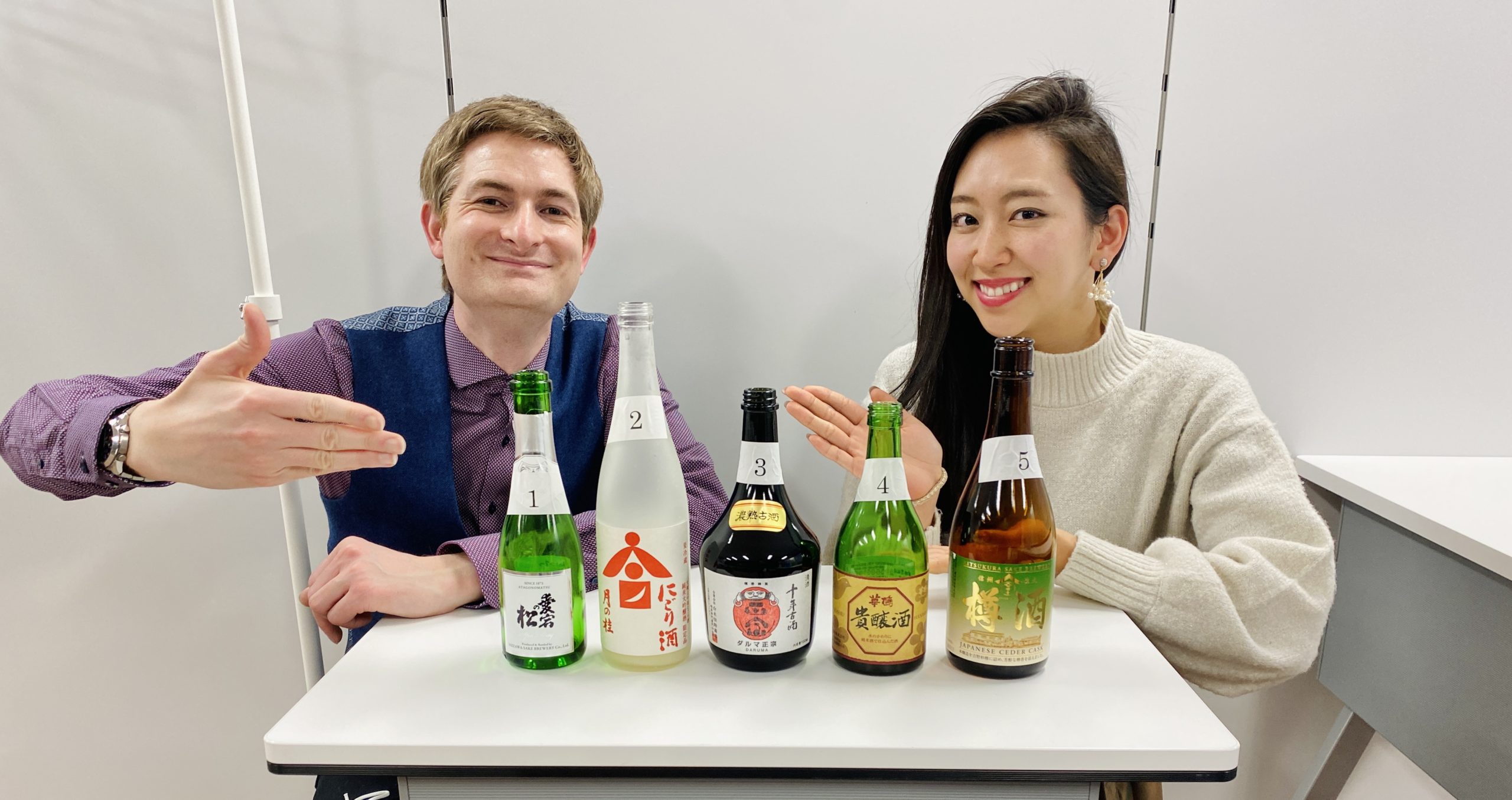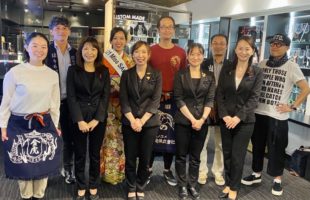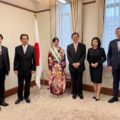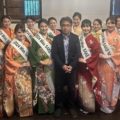Hello, everyone.
I am Miyu Matsuzaki, 2021 Miss SAKE.
I have been working on a blog series: A Guide to Japanese Sake: Miss SAKE. You can see other learning materials on sake from the link that follows: https://www.misssake.org/a-guide-to-japanese-sake-miss-sake/
Sake Brewing Process 1
In this article and the next two articles, I will explain how sake is brewed, dividing the process into pre-brewing, brewing, and post-brewing. This blog is dedicated to Pre-Brewing: Rice Preparation.
【Pre-Brewing】: Rice Preparation

1. Rice Polishing
The brewing process begins with polishing rice. It removes the outer layers of each grain which contain proteins and lipids. These nutrients often result in an unfavorable taste or roughness in sake with an off-flavor in some cases. Brewers do this process to control nutrients to brew their intended style of sake, using a rice milling machine. The rice polishing ratio in Japanese is called “seimaibuai”. This refers to the amount of rice remaining and this is commonly stated on the label of sake. I wrote about this in detail: Premium Sake 2【Polishing Rice】Ginjo, Daiginjo Style Sake.
2. Washing/Soaking
After the rice is milled, it is covered with rice flour, which is called nuka. In order to remove this flour and to begin introducing the moisture into the grain and preparing the rice for steaming, the mixture is washed and soaked. To bring the moisture level to around 30%, brewers use cold water and a timer, taking precise care of the conditions of the rice grains throughout the entire process.
3. Steaming
The reason why brewers steam rice is to achieve gelatinization which is a conversion of beta starch into alpha starch, loosening the starch clumps. By doing so, the enzymes can access the starch needed to create koji rice in the next step.
Brewers have a choice on how to steam rice: using an automatic machine or a traditional steaming pod called koshiki. When using a koshiki, they divide rice into 4 sections: the lower level rice which contains a higher moisture level is used for fermentation and the upper-level rice which is a bit drier at about 40% moisture level is used for koji making. While steaming
rice, the temperature goes up to 80°C inside the koshiki, therefore brewers have to cool it down to around 32 to 35 °C for the next step.
4. Making Koji
Freshly steamed rice is transferred to the Koji, malted rice, making room. The Koji making process is one of the crucial steps in sake brewing. Koji malted rice is made with the koji spores (enzyme): turning rice starches into fermentable glucose sugars which will turn to alcohol during fermentation.
About 20% of the rice used for sake brewing is composed of koji rice. For premium sake, as per the law, the koji rice should be over 15%. The room is set between 30 to 36 °C so that koji spores can thrive. The steamed rice is evenly spread over a table or on a special box-shaped table and then sprinkled with Koji spores. Over the next few days, brewers take close care of the room temperature and humidity to propagate the spores in a way that is appropriate for the intended sake type outcome. This process is one of the most time and energy-consuming.
In the next article, I will take a look at the fermentation process of brewing.
2021 Miss SAKE
Miyu Matsuzaki

皆さま、こんにちは。 2021 Miss SAKEの松崎未侑です。 2022年2月28日(月)から3月6日(日)まで開催された、在ベンガルール総領事館主催「Japan Food Sake Festival 2022(和食・日本酒セミナー2022)」日本酒特設ページにてMiss SAKEの活動...
皆さま、こんにちは。 2021 Miss SAKEの松崎未侑です。 2022年2月28日(月)から3月6日(日)まで開催された、在ベンガルール総領事館主催「Japan Food Sake Festival 2022(和食・日本酒セミナー2022)」日本酒特設ページにてMiss SAKEの活動...

みなさま、こんにちは。 2021 Miss SAKEの松崎未侑です。 先日、「Gaba マンツーマン英会話」様の体験レッスンに参加させていただきました。 Gaba マンツーマン英会話 先生と生徒が一対一の授業のため、カスタマイズされたカリキュラムで英会話を学べるのが人気のGaba様。 ...
みなさま、こんにちは。 2021 Miss SAKEの松崎未侑です。 先日、「Gaba マンツーマン英会話」様の体験レッスンに参加させていただきました。 Gaba マンツーマン英会話 先生と生徒が一対一の授業のため、カスタマイズされたカリキュラムで英会話を学べるのが人気のGaba様。 ...

Drinking Culture Difference between the U.S. and Japan!? [English follows] みなさま、こんにちは! 2021 Miss SAKEの松崎未侑です。 Miss SAKEは、日本文化、特に国酒である日本酒の魅力を世界に発...
Drinking Culture Difference between the U.S. and Japan!? [English follows] みなさま、こんにちは! 2021 Miss SAKEの松崎未侑です。 Miss SAKEは、日本文化、特に国酒である日本酒の魅力を世界に発...

皆様、こんにちは!2021 Miss SAKEの松崎未侑です。 先日、WSETの SAKE Level 3 <Advanced Course>第1回講義を受講させていただきました。 WSETとは? WSET(ダブリュー・エス・イー・ティー)はWine & Spirit Educatio...
皆様、こんにちは!2021 Miss SAKEの松崎未侑です。 先日、WSETの SAKE Level 3 <Advanced Course>第1回講義を受講させていただきました。 WSETとは? WSET(ダブリュー・エス・イー・ティー)はWine & Spirit Educatio...
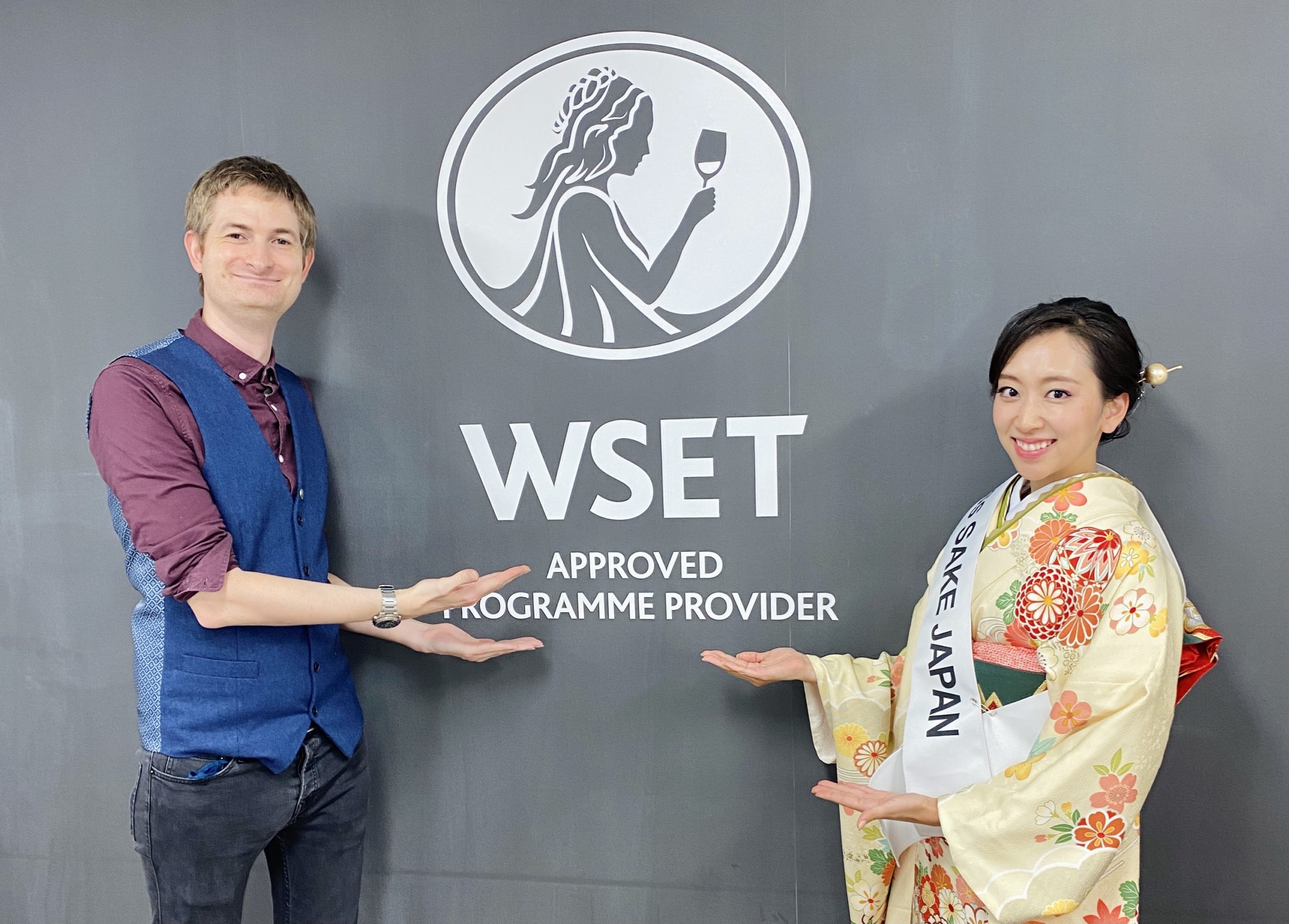
皆さま、こんにちは。 2021 Miss SAKEの松崎未侑です。 先日、WSET SAKE Level 3 <Advanced Course>第二回講義を受講いたしました。 WSET SAKE Level 3 <Advanced Course>の詳細については、第一回目のブログ記事を...
皆さま、こんにちは。 2021 Miss SAKEの松崎未侑です。 先日、WSET SAKE Level 3 <Advanced Course>第二回講義を受講いたしました。 WSET SAKE Level 3 <Advanced Course>の詳細については、第一回目のブログ記事を...
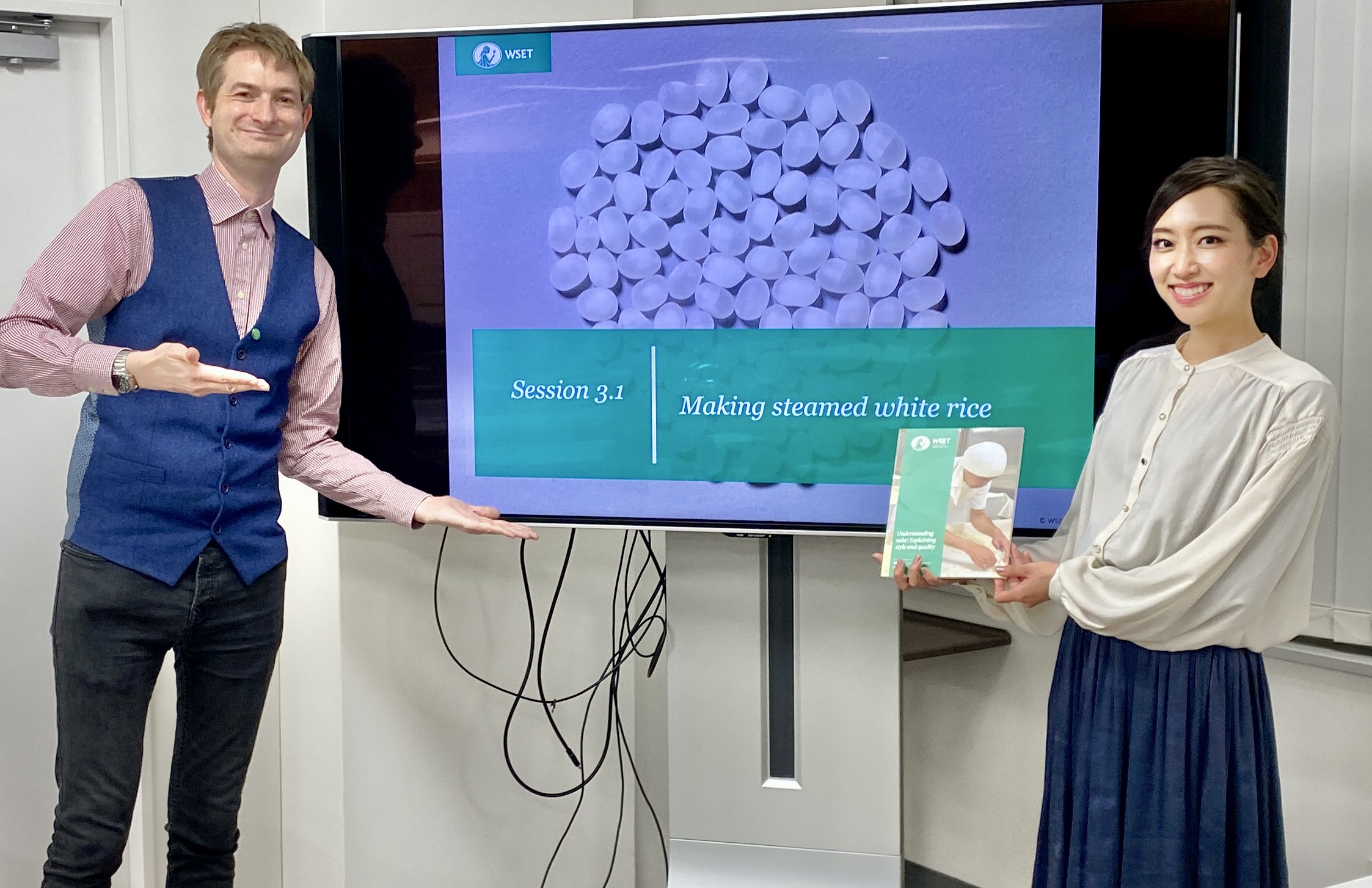
皆さま、こんにちは。 2021 Miss SAKEの松崎未侑です。 先日、WSET SAKE Level 3 <Advanced Course>第3回、第4回講義を受講いたしました。 今回は「自分が日本酒の作り手になったとしたら」をテーマにブログ記事にまとめていきます。 WSET S...
皆さま、こんにちは。 2021 Miss SAKEの松崎未侑です。 先日、WSET SAKE Level 3 <Advanced Course>第3回、第4回講義を受講いたしました。 今回は「自分が日本酒の作り手になったとしたら」をテーマにブログ記事にまとめていきます。 WSET S...
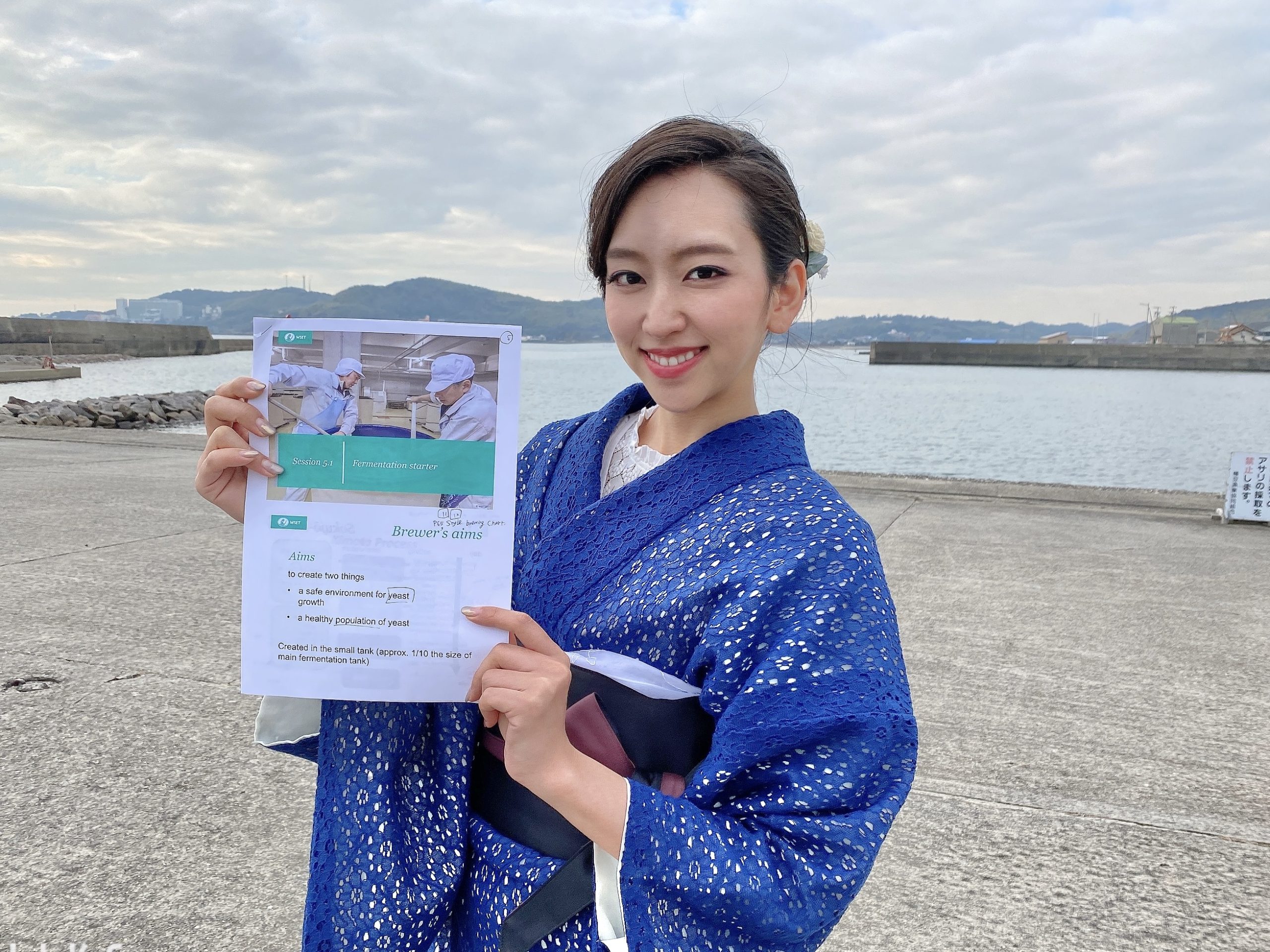
皆さま、こんにちは。 2021 Miss SAKEの松崎未侑です。 先日、WSET SAKE Level 3 <Advanced Course>第5回講義を受講いたしました。 WSET SAKE Level 3 <Advanced Course>の概要については、第1回目のブログ記事をご覧...
皆さま、こんにちは。 2021 Miss SAKEの松崎未侑です。 先日、WSET SAKE Level 3 <Advanced Course>第5回講義を受講いたしました。 WSET SAKE Level 3 <Advanced Course>の概要については、第1回目のブログ記事をご覧...

皆さま、こんにちは。 2021 Miss SAKEの松崎未侑です。 先日、WSET SAKE Level 3 <Advanced Course>第6回講義を受講いたしました。 WSET SAKE Level 3 <Advanced Course>の概要については、第1回目のブログ記事をご覧...
皆さま、こんにちは。 2021 Miss SAKEの松崎未侑です。 先日、WSET SAKE Level 3 <Advanced Course>第6回講義を受講いたしました。 WSET SAKE Level 3 <Advanced Course>の概要については、第1回目のブログ記事をご覧...


